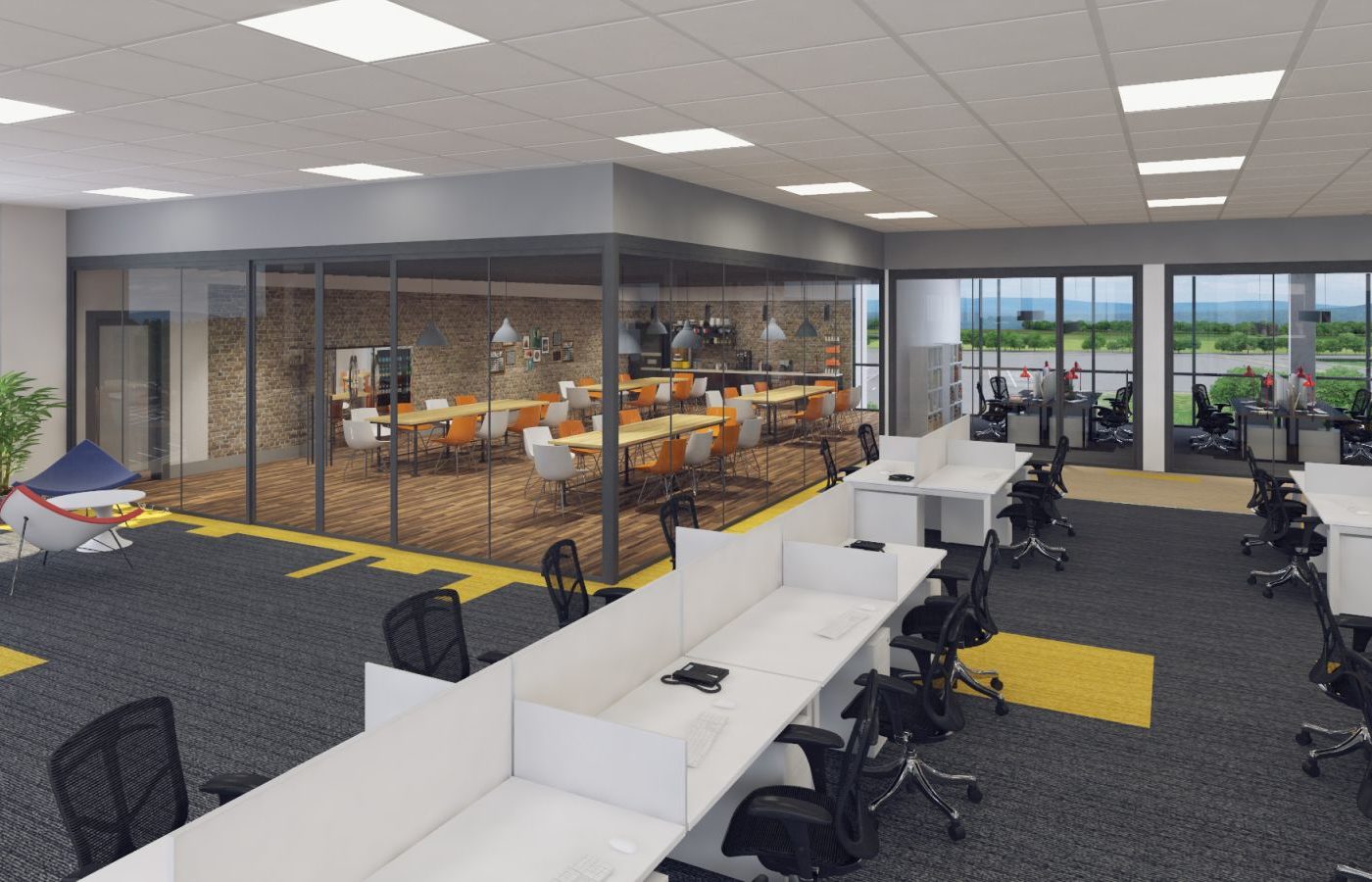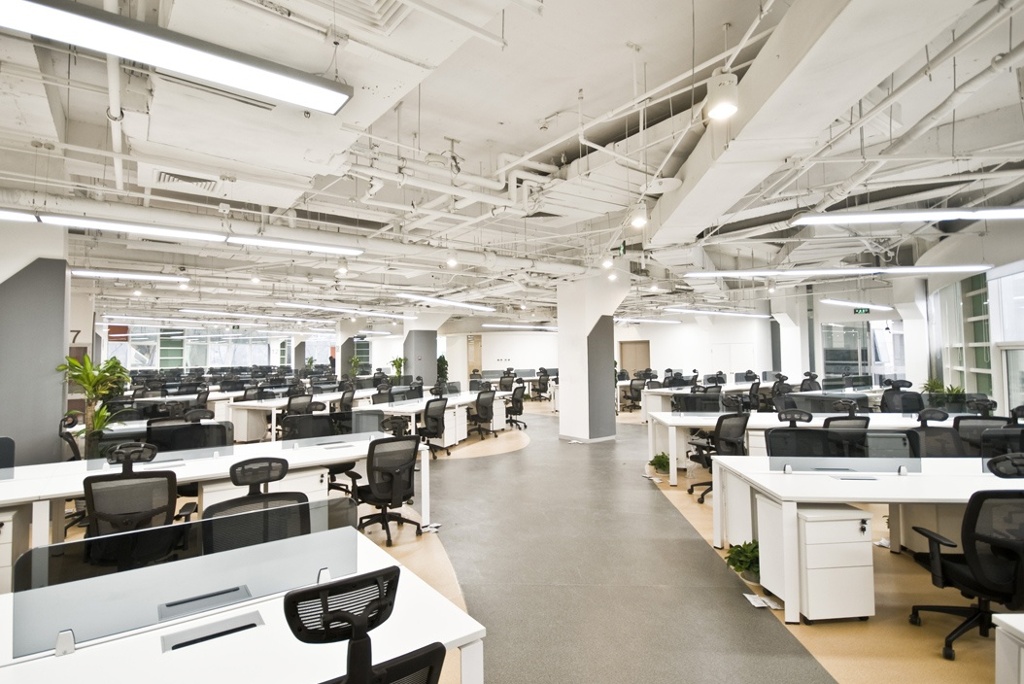
Without any personal space for so much of the day a sense of paranoia can kick in. Employees feel exposed with every habit on display for the rest of the office. Similarly, with so much shared office space, privacy becomes an issue. This hum of “productivity” can lead to distracted and stressful work environment. Several conversations going on at once can be distracting and don’t always result in joint brainstorming sessions. With little to no barriers, noise levels become an issue. And although the idea of a buzzing and cooperative work space is appealing, it is not often seen that way through the employee’s perspective. This can be seen as age discrimination and a way to push out older employees or discourage them from attempting to adapt to this new style of working. Millennials are much more comfortable working in this style as opposed to older employees. It is much easier to on board and off board employees at a shared space compared to enclosed offices and cubicles (and also easier to add more bodies to a smaller amount of space). This style also provides seamless transition for growth. Even if the employees aren’t at peak creativity, it visually appears to be a young, flourishing work space. This balance is intended to make the company culture more relaxed and make means of communication more comfortable.Īn open office creates a dynamic outward appearance. Upper management is likely sitting at the next desk over from a recent grad new hire. By taking this approach and adding bench style seating and forming more shared space, companies are looking to increase collaboration between employees (both socially and work related) and the sense that it balances the office hierarchy.

Offices have begun to incorporate this open layout in the hopes of creating an appealing, “Silcon Valley” style culture. Without walls and desk barriers, an open work space gives employees the opportunity to collaborate with flexibility but can also cause new stress and distractions. This style is found especially in younger companies.


Open layouts and shared work spaces are much more common in today’s corporate environment. Open Office Space Creates New Office CultureĬubicles and blocked off private offices have quickly become pushed out of modern offices.


 0 kommentar(er)
0 kommentar(er)
